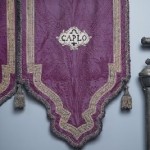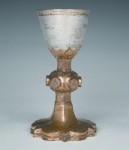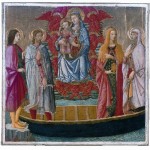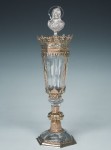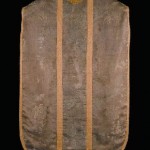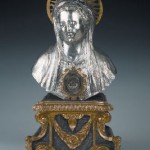Inaugurated in 1969, the museum conformed with all the needs of that moment: it had a historical, architecturally elegant seat, the ancient Oratory of the former Company of the Cross, located in Fucecchio’s historical centre, and a varied and interesting patrimony, including paintings, silver works, and liturgical paraments from the Collegiate Church as well as from other suppressed churches and institutions.
Over time, the collection increased with the acquisition of archaeological finds. Various problems gradually arose: the inadequate exhibition areas and the need to create separate sectors for the archeological and the historical-artistic assets as well as the need to provide the premises with the proper climatic conditions.
1981 was a turning point for the museum, with the acquisition of the Corsini Farmhouse by the Municipality, a monumental complex in the historical town centre that was converted into a cultural centre for Fucecchio. The main building houses the Fucecchio museums, while the two wings connected to the main building currently house the public library and the historical archives.
The ground floor houses the Archeological Museum with its finds from various epochs, but also with medieval archeological evidence and educational reconstructions of Fucecchio’s medieval center.


